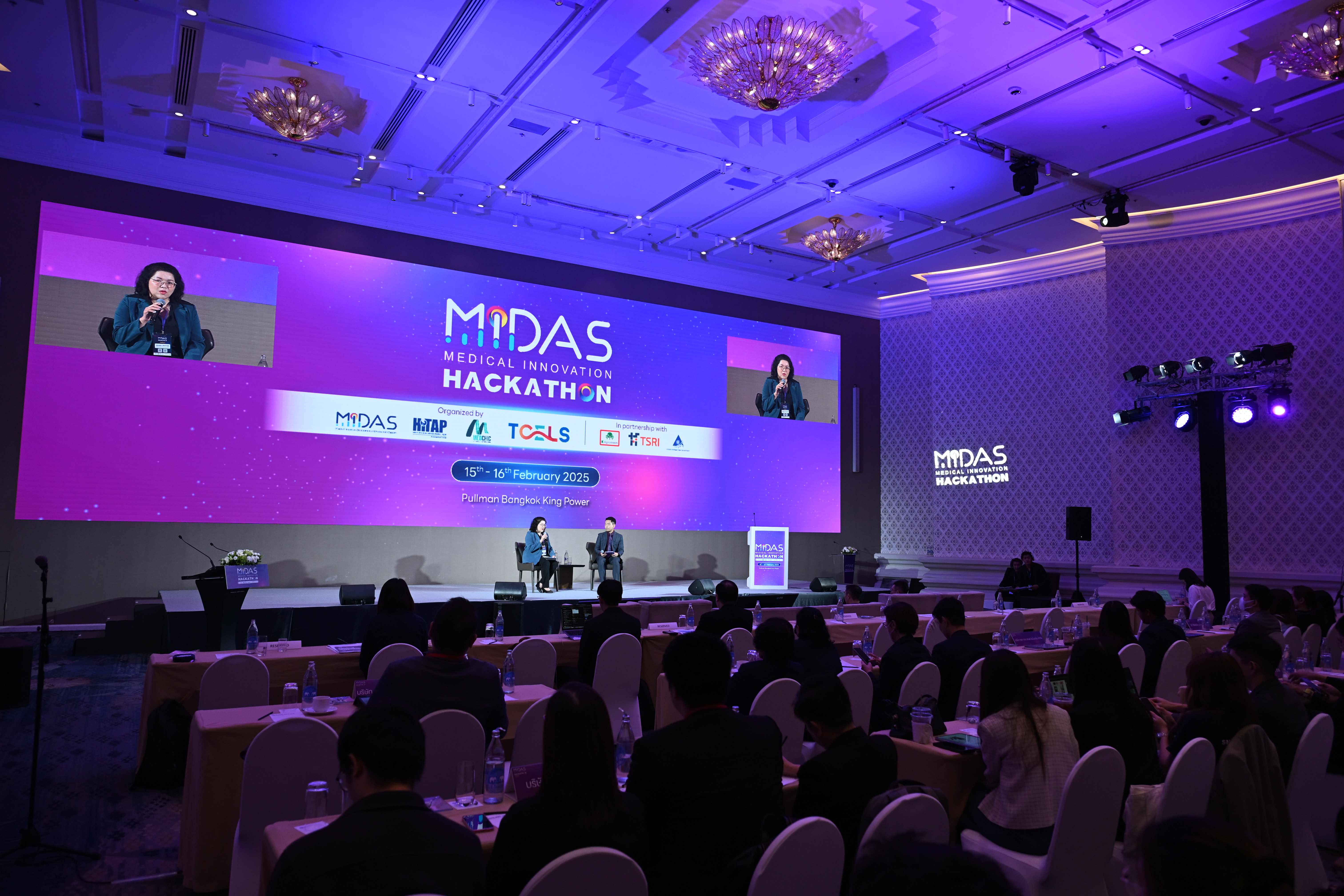HITAP Foundation รับรางวัลเกียรติยศ “5 ทศวรรษ ระบบยาประเทศไทย” พร้อมร่วมเสวนาทิศทางบัญชียาหลักแห่งชาติ



Doctors often order tests and recommend drugs or procedures when they shouldn’t — sometimes even when they know they shouldn’t. The problem has become so serious that such groups as the American College of Physicians, the ABIM Foundation, the National Physicians Alliance and a coalition of medical societies in a project called Choosing Wisely have compiled lists of tests and treatments that doctors themselves say are done too often. Below are five top examples from those lists.
EKGs and exercise stress tests for heart disease
For many people, an EKG, which records the heart’s electrical activity through electrodes attached to the chest, is a standard part of a routine exam. Some also regularly get an exercise stress test, which is an EKG done as they walk on a treadmill. Both are key if you have symptoms of heart disease or are at high risk of it. But for others, the tests are not as accurate and can lead to unnecessary follow-up and treatment.
The risks: Those follow-up tests can include CT angiograms, which expose you to a radiation dose equal to 600 to 800 chest X-rays, and coronary angiography, which exposes you to further radiation.
When to consider the tests: An EKG and exercise stress test should often be ordered if you have chest pain, an irregular heartbeat or other symptoms of heart disease, or if you have diabetes or other coronary risk factors and are just starting to exercise.
Imaging tests for
lower-back pain
Getting an X-ray, CT scan or MRI scan can seem like a good idea. But back pain usually subsides in about a month, with or without testing. In a 2010 study, back-pain sufferers who had an MRI within the first month didn’t recover any faster than those who didn’t have the test — but they were eight times as likely to have surgery.
The risks: One study projected 1,200 new cancer cases based on the 2.2 million CT scans done for lower-back pain in the United States in 2007. CT scans and X-rays of the lower back are especially worrisome for men and for women of childbearing age, because they can expose testicles and ovaries to substantial radiation.
When to consider the tests: They often make sense if you have nerve damage or signs of a serious underlying condition. Red flags can include a history of cancer, unexplained weight loss, recent infection, loss of bowel control, urinary retention or loss of leg strength.
CT scans and MRIs
for headaches
Many people want a CT scan or MRI to see if their headache is caused by a brain tumor or other serious illness. But all that’s usually needed is a careful medical history and neurological exam.
The risks: Brain scans can reveal things that appear worrisome but aren’t; these false alarms can trigger follow-up tests and expensive referrals to specialists. And CT scans of the head can deliver a radiation dose that’s the equivalent of 15 to 300 chest X-rays.
When to consider the tests: They’re often warranted if you have an abnormal result on a neurological exam or if your doctor can’t diagnose the problem based on your symptoms and a medical exam.
http://www.washingtonpost.com/national/health-science/doctors-often-order-tests-and-recommend-drugs-or-procedures-when-they-shouldnt/2012/06/04/gJQAf6mAEV_story.html?wprss=rss_health-science
Bone-density scans
for low-risk women
Many women are routinely screened for weak bones with an imaging test called a DEXA scan. But many people learn they have only mild bone loss, a condition known as osteopenia, and for them the risk of fracture is often quite low.
The risks: A diagnosis of osteopenia often leads to treatment with such drugs as alendronate (Fosamax) and ibandronate (Boniva), which pose numerous risks that include thigh fractures, throat or chest pain, and difficulty swallowing. But there is little evidence that people with osteopenia benefit from the drugs.
When to consider the test: Women should have the scan at age 65 and men at age 70.
Antibiotics for sinusitis
People with sinusitis — congestion combined with nasal discharge and facial pain — are often prescribed antibiotics. But most people don’t need the drugs because the problem almost always stems from a viral infection, not a bacterial one — and antibiotics don’t work against viruses.
The risks: About one in four people who take antibiotics report side effects, such as a rash, dizziness and stomach problems. Overuse of antibiotics also encourages the growth of bacteria that can’t be controlled easily with drugs. That makes you more vulnerable to antibiotic-resistant infections and undermines the usefulness of antibiotics for everyone.
When to consider antibiotics: Usually only if symptoms last longer than a week to 10 days or if they are accompanied by a high fever or other possible signs of a bacterial infection.